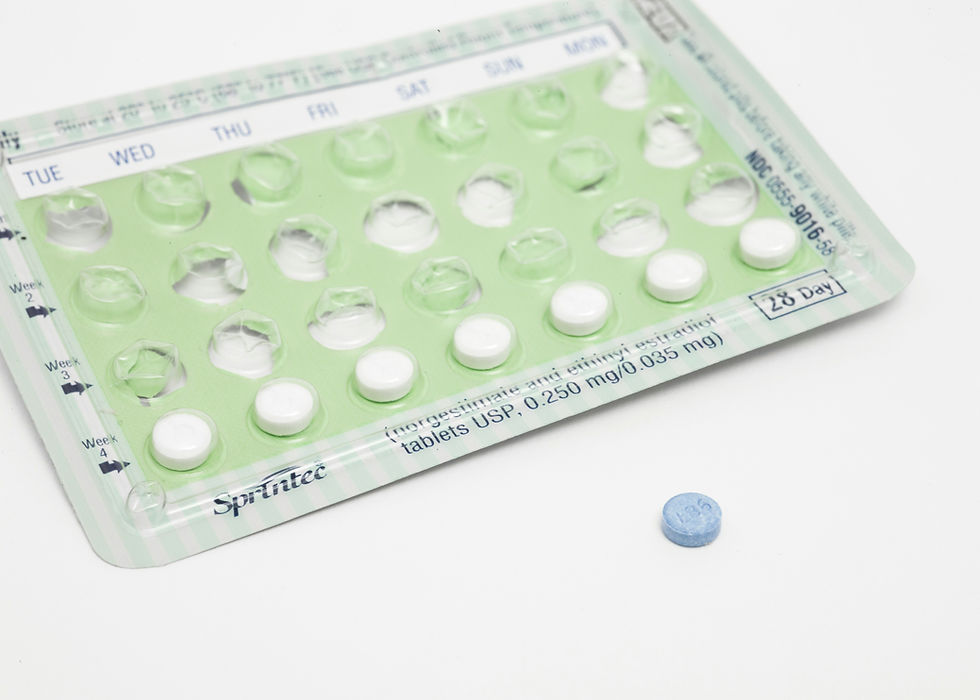The Five-Second Food Rule: Fact or Myth?
- sadiebarongan8
- Aug 6, 2023
- 2 min read
Knoxville, TN

There are many beliefs that we are accustomed to from a young age. This could range from the idea that eating watermelon seeds will cause a watermelon to grow inside you or that stepping on a crack will break your mother’s back. There are also many myths that seem more realistic, but when examined from a scientific standpoint, are disproved. This is the case with the infamous five-second rule: a term coined for the theory that if food is only on the ground for five seconds or less, it is still safe to eat.
The origin of the five-second rule is thought to be accredited to Genghis Khan, the founder of the Mongol Empire. He claimed that food could stay on the floor for as long as he desired, because the meals prepared for him were so exceptional that they couldn’t be devalued.

To investigate whether or not the rule is actually something people should abide by, scientists at Clemson University decided to conduct a study in 2006. The experiment included dropping food on different surfaces, each infected with a strain of the bacteria salmonella. The results showed that salmonella can go from floor to food almost instantly, essentially debunking the idea that it takes more than five seconds for food on the floor to be contaminated.
Another study from 2016 tested watermelon, buttered bread, regular bread, and gummy worms to see which food would become the most contaminated after being on the floor. The scientists dropped each of the foods on different surfaces such as tile, stainless steel, wood, and carpet. The results found that the watermelon was the most contaminated after being on the ground, leading scientists to conclude that wet food is more easily tainted with bacteria.
From these experiments, it is clear that bacteria can attach to food in less than five seconds. While the floor might not always possess harmful bacteria, it is inaccurate to believe that food will be uncontaminated if it is picked up fast enough. Repercussions from following the five second rule, such as food poisoning, are more likely to occur when an unclean floor is involved.
Following the five-second rule is a personal choice, but it is helpful to know the science behind it, and that way you can consider if eating your dropped food is worth it. The next time your food hits the floor, consider the facts and decide if it is best to play it safe or take the risk.
Check Out Our Amazing STEME Opportunities!
Check Out Our Magazine: STEME Magazine
Works Cited
“The 5-Second Rule.” Johns Hopkins All Children's Hospital, https://www.hopkinsallchildrens.org/Patients-Families/Health-Library/HealthDocNew/The-5-Second-Rule. Accessed 23 July 2023.
Cartwright, Mark, et al. “Genghis Khan.” World History Encyclopedia, 16 September 2019, https://www.worldhistory.org/Genghis_Khan/. Accessed 23 July 2023.
Doucleff, Michaeleen. “Rethinking The Five-Second Rule: With Carpet, There's No Rush.” NPR, 15 March 2014, https://www.npr.org/sections/thesalt/2014/03/15/290101955/rethinking-the-five-second-rule-with-carpet-theres-no-rush. Accessed 23 July 2023.
McCallum, Katie. “Is the Five-Second Rule for Food True?” Houston Methodist, 5 October 2021, https://www.houstonmethodist.org/blog/articles/2021/oct/is-the-five-second-rule-actually-true/. Accessed 23 July 2023.
“The Science Behind The Five-Second Rule.” Science Friday, 21 December 2018, https://www.sciencefriday.com/articles/the-science-behind-the-five-second-rule/. Accessed 22 July 2023.














Comments